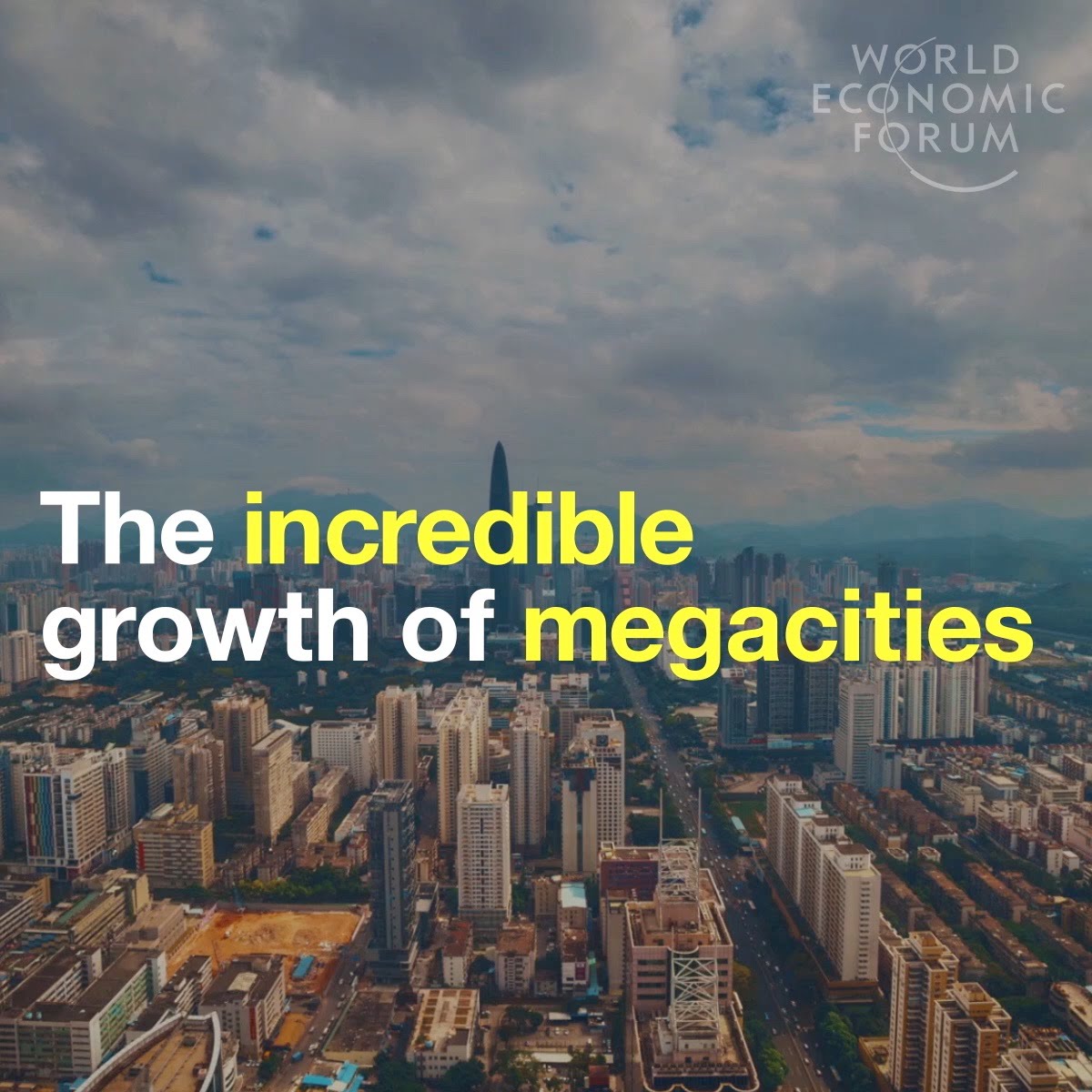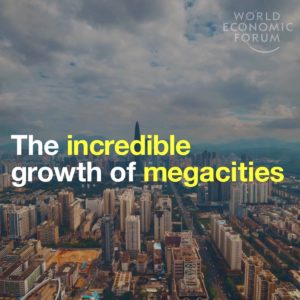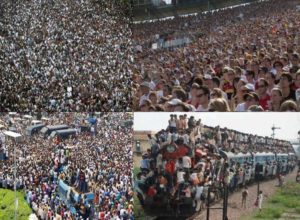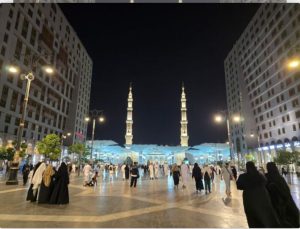New York, MINA – The coming decades will see the growth of colossal megacities as the world’s population increasingly moves into urban environments, CNN quoted a new United Nations report as predicting.
Today, 55% of the world’s population is urban, a figure which is expected to grow to 68% by 2050, with the addition of 2.5 billion new city residents, according to projections by the Population Division of the UN Department of Economic and Social Affairs.
By 2030, there will be 43 megacities around the world with populations of over 10 million, up from 33 similarly sized urban centers today and just 10 in 1990.
The growth is caused by an accelerating shift from rural to urban living across the world, particularly in Asia, which despite hosting some of the world’s largest cities has lagged behind other parts of the world in terms of overall urbanization.
In Asia, approximately 50% of the population live in cities, compared to 82% in North America, and 74% in Europe. Africa is the least urban populated continent, with just 43% of its population living in cities.
That is due to change, with India, China, and Nigeria accounting for 35% of the projected growth in urban populations between 2018 and 2050.
By 2050, the UN report predicts India will have added 416 million urban residents, China 255 million, and Nigeria 189 million.
Rise of the megacity
Delhi is expected to overtake Tokyo as the world’s largest metropolitan area around 2028, as Japan’s population declines and India’s continues to grow. Currently, 37 million people live in greater Tokyo, compared to 29 million in New Delhi, they are followed by Shanghai’s 26 million, and Mexico City and Sao Paulo, each with around 22 million inhabitants.
Cairo, Mumbai, Beijing, and Dhaka all have close to 20 million inhabitants.
Not all cities will see growth, the report highlights Nagasaki and Busan, in Japan and South Korea respectively, as having undergone population decline since 2000, as have several cities in eastern Europe.
Urban growth is not necessarily sustainable or even all that effective. In Africa, several countries are experimenting with so-called “smart cities” in an attempt to alleviate the problems related with rapid urbanization such as traffic, pollution, inadequate housing and public spaces.
Elsewhere, countries are considering slicing up their larger cities into more manageable parts. Sydney, Australia’s most populous urban center, has announced plans to split into three smaller cities by 2040 to improve housing, quality of life and governance. (T/RS5/RS1)
Mi’raj Islamic News Agency (MINA)










![Israeli tanks and APC’s gather by the Israeli – Lebanese border. Amid Israel’s escalating campaign against Hezbollah in Lebanon on September 30, 2024. [Erik Marmor/Getty Images]](https://en.minanews.net/wp-content/uploads/2024/10/IMG_20241001_203226-300x197.jpg)




















 Mina Indonesia
Mina Indonesia Mina Arabic
Mina Arabic